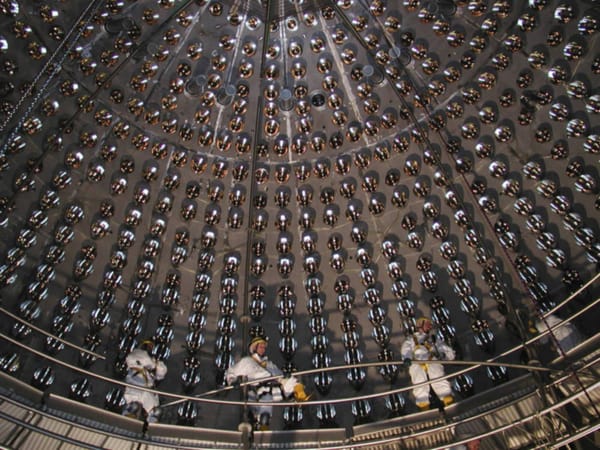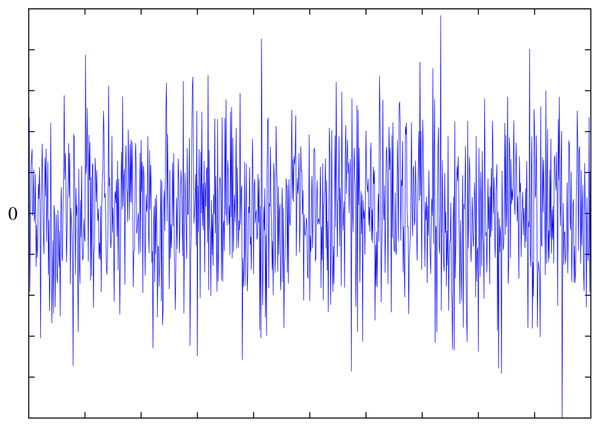Decade old Hubble data reveals planets
Extrasolar bodies discovered using ground-based telescopes, reports Arianna Sorba
In 2008, astronomers obtained the first direct visual evidence for a ‘multiple exoplanetary system’ – a system of planets orbiting one central star that isn’t our sun – using near-infrared ground-based images taken with the W.M. Keck Observatory and the Gemini North telescope. A fourth planet orbiting the same star was revealed in 2010.
Extrasolar planets, or exoplanets, can be difficult for astronomers to detect, partly because they are often so overwhelmed by the brightness of the star they orbit. The 2008 discovery of three exoplanets orbiting a young star, HR8799 was made by Christian Marois of the National Research Council in Canada. However, it wasn’t until a year later, when David Lafreniere of the University of Montreal reanalysed data originally recorded back in 1998 by Hubble’s ‘Near Infrared Camera and Multi-Object Spectrometer’ (NICMOS), that the actual position of one of these exoplanets was identified. Where previously the central star had outshone the planets surrounding it, Lafreniere used a library of images of reference stars to accurately strip away some of this obscuring glow, confirming the existence of the outermost one.
Now, Remi Soummer of the Space Telescope Science Institute in Baltimore has taken this method one step further. By reanalysing the same Hubble data as Lafreniere with even more sophisticated software, and using over 460 images of reference stars taken from NICMOS’s extensive decade-spanning library, Soummer’s team have completely removed the diffraction spikes from the image (an issue common for telescope-based image systems), boosted the contrast, and dramatically reduced the surrounding starlight, thus drawing the positions of the three previously elusive exoplanets out from the haze.
In Marois’ ground-based data, meanwhile, the fourth orbiting exoplanet has been detected, which, at 2.4 billion kilometres away from the central star, is too close for NICMOS to directly observe – it lies on the very border of NICMOS’s ‘coronagraphic spot’, a disc that aims to obscure most of the light from the central star to aid in observations of its surroundings.
The combination of recent ground-based observations, such as those of Marois, and the much older Hubble data from NICMOS, has proved extremely helpful to astronomers, as the passage of time across the images means that the shape of the planets’ orbits can be tracked. This in turn can provide other valuable information that is usually impossible to deduce from single images alone, such as the planets’ masses, eccentricities, and how they interact with each other. The three outer exoplanets have approximate orbit periods of between 100 and 400 years,so observation over much longer timescales is needed to map and fully comprehend their movements. However, a decade-sized ‘head start’ is still a great gift to astronomers studying this system, especially as regards the innermost planet, where a substantial amount of motion can already be detected. ‘It’s 10 years of science for free,’ says Soummer.
The success of this new analysis, which is to be published in the Astrophysical Journal, has prompted Soummer’s latest plan to reanalyse images of approximately 400 other stars from the old NICMOS archive.
From this his team will compile a list of ‘planetary candidates’, which in turn will be verified by ground-based telescope observations, much the same as how has occurred with the planets orbitting HR8799. Thus the re-examination of archive data could produce a wealth of new discoveries of these elusive exoplanets.







